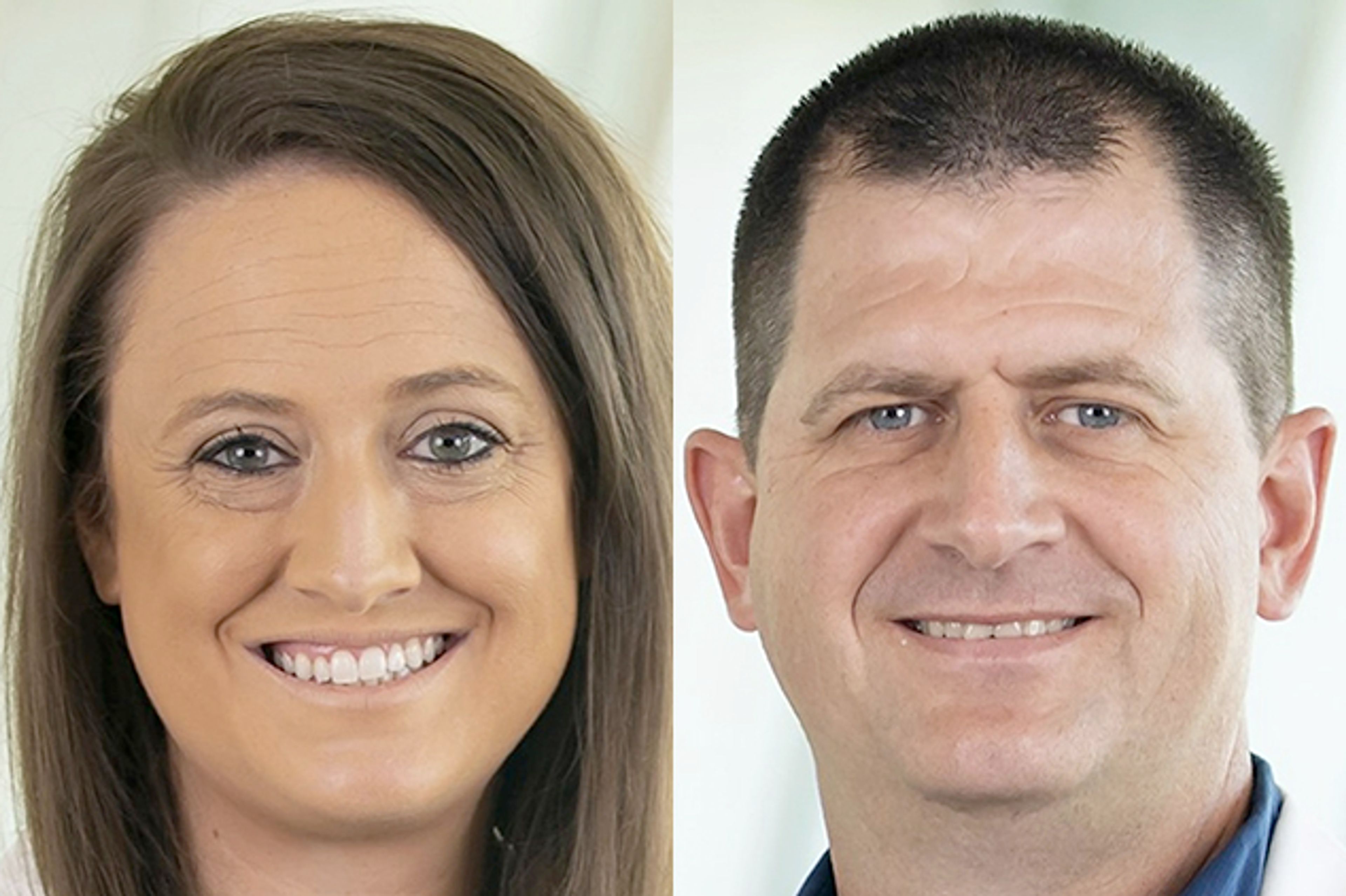Treasury gives banks $3.84B from bailout pot
WASHINGTON -- The government on Tuesday said it has supplied $3.84 billion to 35 banks in a third round of payments from the $700 billion financial rescue program. The Treasury Department said it authorized the payments Friday, bringing the total supplied to banks to $165.3 billion...
WASHINGTON -- The government on Tuesday said it has supplied $3.84 billion to 35 banks in a third round of payments from the $700 billion financial rescue program.
The Treasury Department said it authorized the payments Friday, bringing the total supplied to banks to $165.3 billion.
That leaves less than $85 billion to be spent out of the $250 billion that has been earmarked to make direct purchases of stock in banks as a way of supporting their balance sheets and encouraging them to resume more normal lending.
The announcement of the new payments came as the Bush administration's handling of the $700 billion rescue fund is facing new scrutiny from lawmakers.
Neel Kaskhari, the assistant Treasury secretary heading up the rescue program, was scheduled to testify today before the House Financial Services Committee, which is holding a hearing on a report on the bailout efforts issued last week by the Government Accountability Office.
Committee chairman Barney Frank said the GAO report showed that Treasury had no way of knowing whether the taxpayer money being paid to the banks is being used to increase lending -- the goal of the effort.
Frank said the administration was refusing to enforce requirements that the rescue funds be used by the banks to increase lending, which he called a "blatant refusal" to follow the intent of Congress in approving the bailout program.
The Treasury announcement said the largest stock purchase in the third round of the program was $935 million paid to purchase stock in Popular Inc., a bank in San Juan, Puerto Rico.
Many of the banks already had announced that the government was purchasing stock after they reached preliminary agreements with the Treasury Department. The government does not officially confirm those actions until the final agreements are signed and the stock purchases are authorized.
Treasury Secretary Henry Paulson last month announced the government was abandoning the original centerpiece of the rescue program, the purchase of distressed mortgage-backed securities from banks as a way of boosting their resources. Instead, the program was shifted to direct government purchases of bank stock because officials decided the financial crisis had worsened and there was not enough time to get the troubled-asset program up and running.
The $700 billion rescue package was approved by Congress on Oct. 3. Ten days later, Paulson pressured nine of the country's largest banks to participate in the initial stock purchase of $125 billion.
Critics contend that banks can simply hoard the fresh capital or use it to pay dividends to their shareholders or acquire other institutions, rather than using it to increase lending as a way of helping the country to emerge from a recession that began in December 2007.
Connect with the Southeast Missourian Newsroom:
For corrections to this story or other insights for the editor, click here. To submit a letter to the editor, click here. To learn about the Southeast Missourian’s AI Policy, click here.





